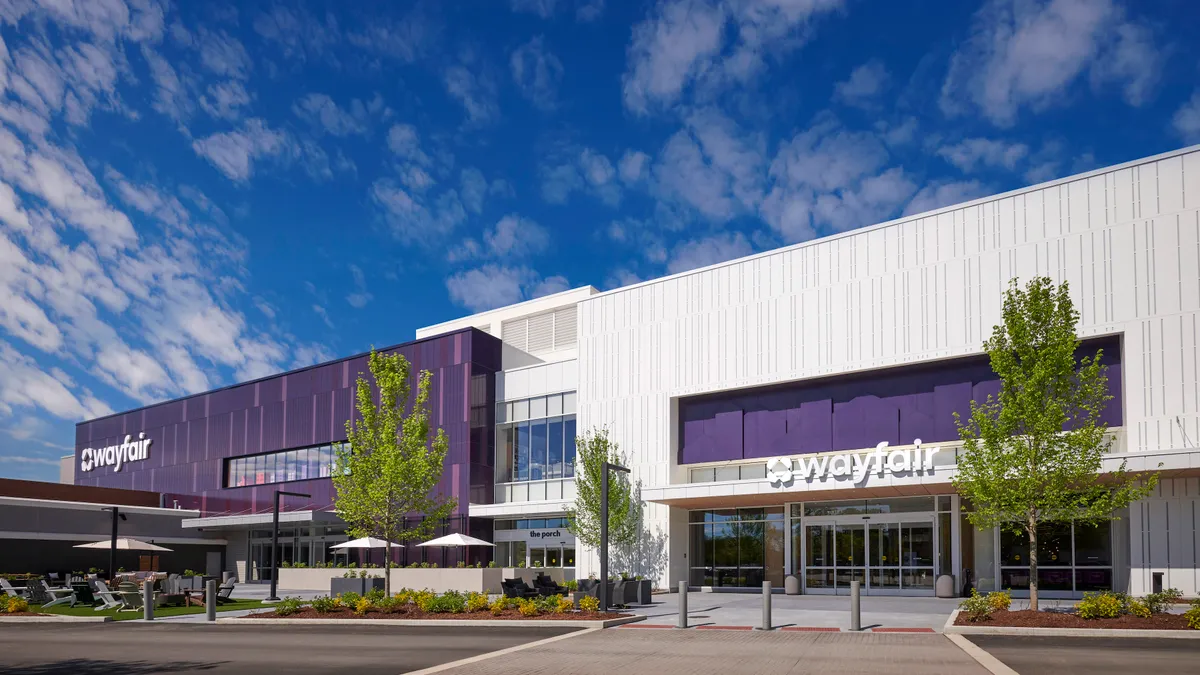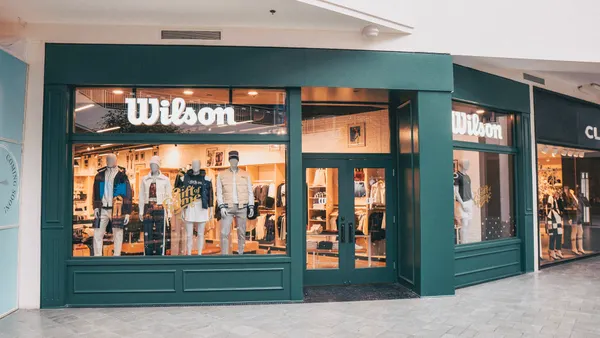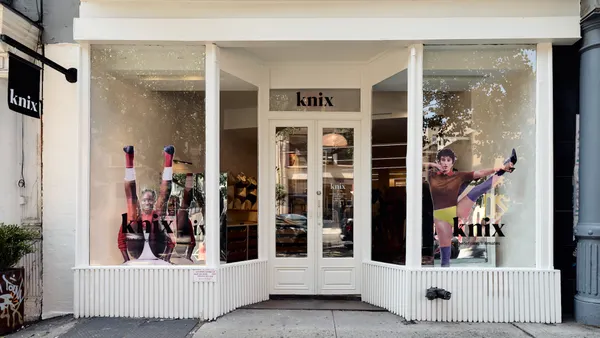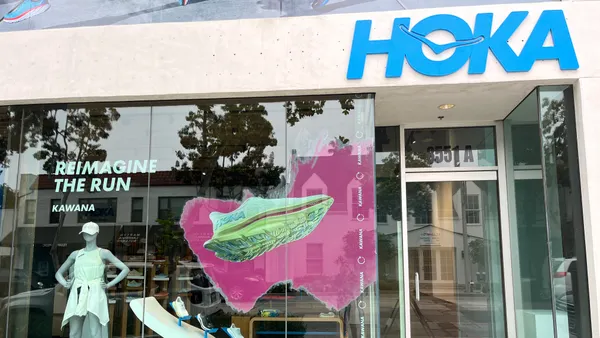Dive Brief:
- Wayfair on Monday swung into the black, posting its first quarterly profit since the second quarter of 2021. The online home furnishings company reported a Q2 net income of $15 million, up from a loss of $42 million last year, and an operating income of $17 million, from a loss of $35 million a year ago.
- The retailer’s net revenue grew 5% year over year to $3.3 billion. Excluding the impact from its exit from the German market, Wayfair’s net revenue increased 6%. U.S. revenues grew 5.3%, while international revenues were up 3.1%.
- The company’s active customer base, however, declined 4.5% from the year-ago period. Orders per customer grew slightly, from 1.85 to 1.86.
Dive Insight:
CEO Niraj Shah declared Wayfair’s second quarter “a resounding success,” noting that the period “was a nice proof point of the journey that we've been on and even more exciting of what is to come.”
The home retailer turned a quarterly profit for the first time in four years, even as the broader home market remains challenged. Jefferies analysts led by Jonathan Matuszewski highlighted Wayfair’s potential “that stronger sales could unlock substantially-higher margins.”
“Imagine what's ahead when housing cooperates,” Matuszewski said in a Monday note.
While retailers in the home sector have experienced lower demand in recent years, some retailers saw a lift more recently as consumers pulled purchases forward as fears of tariffs — and potential price increases — loomed.
But Wayfair hasn’t experienced noticeable changes in its customers’ buying habits, executives said Monday, and Shah touted the company’s marketplace model, which has allowed its prices to remain largely unchanged.
“The marketplace forces of our inventory-light model give us unmatched flexibility. … The benefits of this model continue to prove self-evident despite the various ebbs and flows of the broad business environment,” he said, adding that prices across the items consumers are currently purchasing are relatively consistent with those from the previous quarter.
“The momentum feels to us, driven by the structural business initiatives, not by any one-time events, any unique pull forward, anything like that. And that momentum is continuing,” CFO Kate Gulliver said on Monday’s call with analysts.
Wayfair in recent months has launched a number of initiatives, including its Wayfair Verified tool and paid loyalty program. The company has also been steadily building out its brick-and-mortar footprint across its various banners. Wayfair’s first large-format store — which opened just over a year ago in Wilmette, Illinois, outside of Chicago — has helped drive purchases in less-frequented categories for the retailer. The company said it has seen a 50% increase in lower-ticket items like kitchen accessories purchases and a more than 35% increase in home improvement purchases, including bathroom renovation items and kitchen cabinets. Wayfair has plans to expand its large-format concept to Denver, Atlanta and Yonkers, New York.














